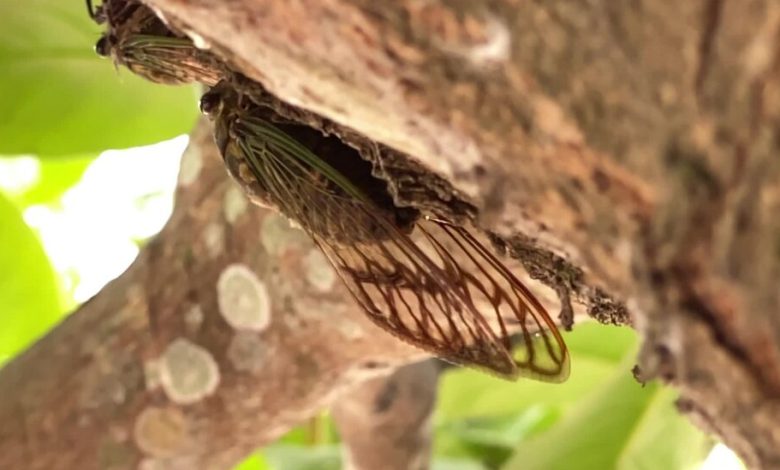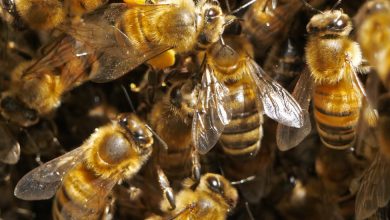When Cicadas Emerge, Things Might Get a Little Wet

This spring, when the ground temperature hits 64 degrees Fahrenheit, trillions of cicadas will dig their way up from beneath the soil across the Southern and Midwestern United States. In a rare so-called double emergence, two distinct cicada broods — one on a 13-year life cycle and the other on a 17-year one — will take to the trees to sing, eat and mate.
And though we may prefer not to think about it, considering their lodgings in the branches above, the cicadas will also eliminate waste in the form of urine. Despite their size, cicadas have an impressively powerful stream, scientists reported in an article published Monday in the journal Proceedings of the National Academy of Sciences.
The researchers adapted a fluid dynamics framework based on features like surface tension and the effects of gravity to map out how animals of different sizes, from mosquitoes to elephants, might pee.
“It’s this beautiful physics-of-life perspective” to see all the data laid out in a single graph, said Saad Bhamla, a bioengineer at the Georgia Institute of Technology, who was a co-author of the study.
The jets of urine that cicadas produce, the research shows, have a velocity of up to 3 meters per second — the fastest of all the animals assessed in the new work, including mammals like elephants and horses.
Scientists have widely studied how creatures across the animal kingdom eat and drink, but few have delved into the mysteries of fluid excretion. Yet there are lots of reasons to explore how different animals urinate, Dr. Bhamla said. Understanding how animals’ bodies have evolved to solve their waste problems might offer new ideas for nozzle design, for example.



